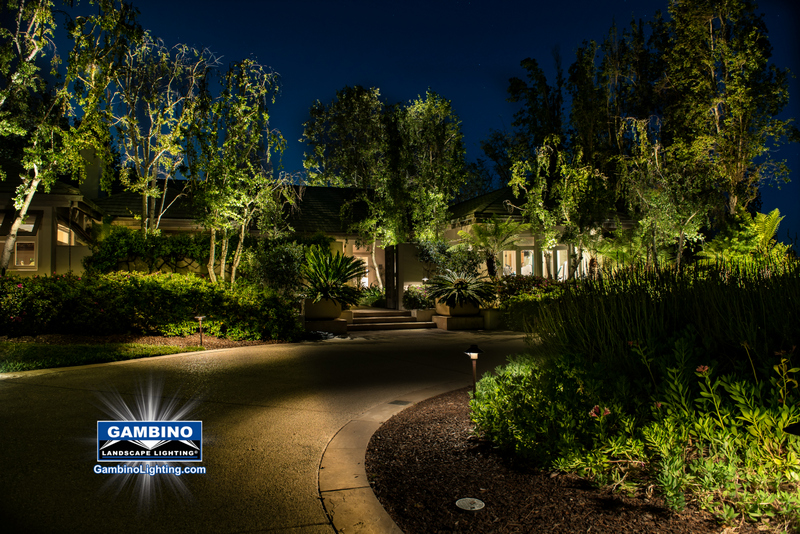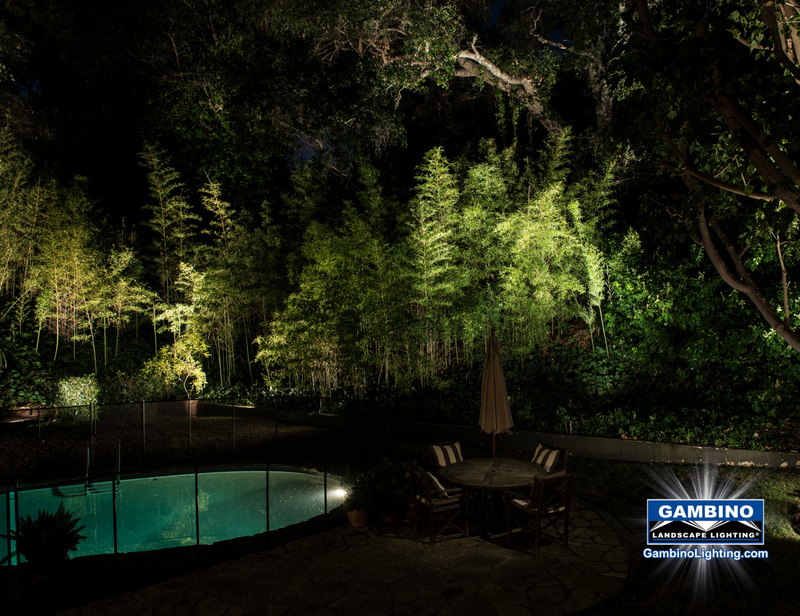05 Oct Service Callbacks Are Costly…Sometimes clients set us up to fail !
By Mike Gambino
Callbacks are costly. Each time we go to a clients home it can cost us as a company as much as $250 or usually much more in travel expense, employee compensation, vehicle wear and tear, overhead expense and lost income from opportunity costs. Opportunity cost is the loss of income that we would have gained had we been at a project that we were getting paid for instead of returning to work on another job that should have been previously finished for which we are not being paid. We have the right service vehicles, tools, parts, expert team members and a minimum of distractions. The company wants to get the job done with one visit. And of course, the client wants the work done correctly and in a timely fashion for the lowest possible cost. Sometimes, these goals all work together. But sometimes they don’t. What can we do to improve this situation?”
 With all the advance diagnostic training and tools in the landscape lighting and electrical service industry, we all know that our techs have the knowledge to do the job right the first time. Also we have the right team to send to get this work done. So the question is, Why do callbacks still haunt the landscape lighting and electrical service professional?
With all the advance diagnostic training and tools in the landscape lighting and electrical service industry, we all know that our techs have the knowledge to do the job right the first time. Also we have the right team to send to get this work done. So the question is, Why do callbacks still haunt the landscape lighting and electrical service professional?
Here is the answer that nobody considers… The client sometimes influences us to fail
Get the job done Cheaply
That’s right, the client by the very nature of communicating to the tech that they only want the one problem fixed because of a limited budget has essentially told the tech to get this done as cheap as possible. So the “good” tech tries to show his empathy to this challenge by doing the work as cheaply as possible which also means to cut corners and do it hastily. Thus, the callback is generated and the unhappy customer blames us and our tech to get the second or third call for free. We have been set up by the “sophisticated” client. Now we have opened ourselves up to fixing other pre-existing problems when we are called back because our competency is now in question. After all we were called out to fix a problem, paid to fix said problem and it was not properly fixed on the first trip. So who is to blame? The tech who could not spend the proper time to properly diagnose and repair the problem or the client who influences the outcome by making it clear they want this one symptom of a problem repaired and they want it done fast and cheap when that may have only been a part of a larger problem which had gone undiagnosed due to extenuating circumstances. Thus setting up the callback.
 This recently happened on a small repair done for a long term client. We were called out to repair a fixture that had been damaged when an errant car missed the driveway and damaged it. The client was very clear, fix this problem and this problem only and no need to do a system check as everything else is ok. They were very clear that since it was a Time and Materials charged service call that they DID NOT want to pay for anything else but the 1 repair that we were called for.
This recently happened on a small repair done for a long term client. We were called out to repair a fixture that had been damaged when an errant car missed the driveway and damaged it. The client was very clear, fix this problem and this problem only and no need to do a system check as everything else is ok. They were very clear that since it was a Time and Materials charged service call that they DID NOT want to pay for anything else but the 1 repair that we were called for.
I received this message the next day- “It’s a shame I paid so much for this repair yesterday and I have a burned out bulb in the backyard that your guys didn’t change , please send me a bulb (no offer to pay for it) and I will have my handyman change it. I immediately contacted this client and reminded them that we were told explicitly not to spend any more time than needed to make just the one repair and Do Not check the balance of the system. Their response was that it didn’t matter and that as a long term client it should have been done anyway for no cost. This lack of logic or fairness is not worth arguing with. So I sent a tech the next day with a new lamp with instructions to replace that bulb only and to not spend any more time checking anything else as we were not only not being paid for the bulb but the service call either. I got a phone call from my tech while at the property stating the client had asked him to “check everything while he was there” and that the problem wasn’t the lamp it was a bad connection and the fixture itself wasn’t one of ours but one that had been presumably installed by the owners gardener or handyman. I told him to leave the property without making the repair and I would contact the client. Upon doing so I was told by the client never mind I’ll have my handyman take care of it. Not thank you for coming, nothing, so be it!
 Quality Has Its Price
Quality Has Its Price
Often times we get calls to repair systems that we have not installed. We are very reluctant to work on these systems as most times the cost to repair exceeds the value of the overall system itself and its often best to entirely remove it completely and start anew.
We know there are ways to get NO callbacks. It means being strong willed, REFUSING to do the job superficially regardless of the pricing issues. This would involve diagnosing the whole SYSTEM and not just the immediate problem. Unfortunately, this method of determining to fix the whole system costs more and will get turned down more often by the sticker shocked client who can’t believe the cost to correct the age, neglect, design and installation issues as well as the defect/s.
Options, Not Ultimatums
So what is the solution? The answer is in providing options and prices to every potential client to give them a choice for doing the job the best, most all-inclusive way, the mid-range way and also the basic single fix only way. Let them make their choice of how they want this fixed either permanently or just for time being. The customer then assumes responsibility for their choice with the full understanding of the repercussions of that choice.
The best way is RENOVATE the whole system not just the problem. Naturally this way costs more but also includes more warranty and service. The mid-range way is to renovate just the part of the system that is in question. Basically a partial renovation of the part of the system in question and isolate this new system from the old in order to easily identify responsibility . This of course will have warranty limited to the newly worked on system only. The basic way addresses only the immediate issue and nothing else. (the way that is most likely to generate a callback) This method has very little or no warranty.
If we give options and not ultimatums we shift the responsibility for “callbacks” where it belongs, to client where warranted and not us or our techs .
 This landscape lighting blog is published by Mike Gambino of Gambino landscape lighting inc. all
This landscape lighting blog is published by Mike Gambino of Gambino landscape lighting inc. all  rights reserved. Mike is a professional landscape lighting system designer/ builder and has been designing, installing and maintaining landscape lighting systems for more than 28 years. Mike resides in the Los Angeles area with his wife and 2 sons. To visit his website go to www.Gambinolighting.com . To inquire about hiring Mike please click here .
rights reserved. Mike is a professional landscape lighting system designer/ builder and has been designing, installing and maintaining landscape lighting systems for more than 28 years. Mike resides in the Los Angeles area with his wife and 2 sons. To visit his website go to www.Gambinolighting.com . To inquire about hiring Mike please click here .
Blog articles may be published with permission on other websites without editing or removing links.



No Comments